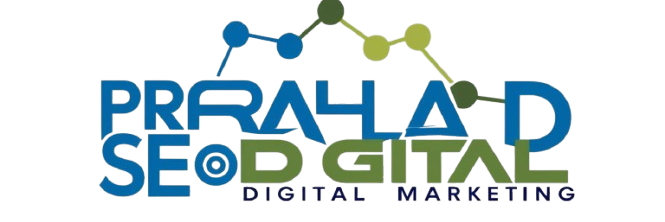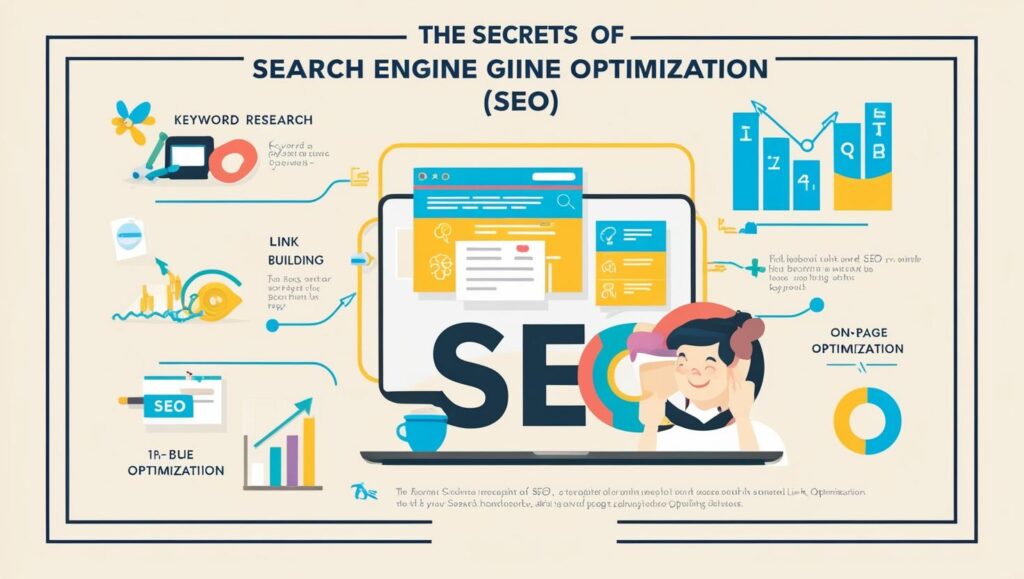In today’s digital landscape, having a strong online presence is crucial for businesses and individuals alike. But simply having a website isn’t enough. You need to ensure people can actually find it amidst the vast ocean of the internet. That’s where Search Engine Optimization (SEO) comes in. SEO is the art and science of optimizing your website to rank higher in search engine results pages (SERPs) like Google, Bing, and others.
Are you curious about how to learn SEO and boost your online visibility? You’ve come to the right place! This guide, brought to you with insights from resources like [mention the provided website: https://prahladseo.site/], will walk you through the essential steps to embark on your SEO learning journey.
Why Learn SEO?
Before we dive into the “how,” let’s briefly touch upon the “why.” Learning SEO offers numerous benefits:
- Increased Organic Traffic: Higher rankings mean more people finding your website naturally through search engines.
- Improved Website Visibility: Stand out from the competition and make your content easily discoverable.
- Higher Credibility and Trust: Websites ranking high in search results are often perceived as more authoritative and trustworthy.
- Better User Experience: SEO often involves making your website more user-friendly, leading to a better experience for your visitors.
- Cost-Effective Marketing Strategy: Compared to paid advertising, organic traffic generated through SEO can be a more sustainable and cost-effective way to reach your target audience.
Your Roadmap to Learning SEO:
Learning SEO is an ongoing process, but here’s a step-by-step guide to get you started:
1. Understand the Fundamentals:
- How Search Engines Work: Begin by grasping the basics of how search engines like Google crawl, index, and rank websites. Understanding this foundation will inform all your SEO efforts.
- Key SEO Terms: Familiarize yourself with essential terminology like keywords, backlinks, meta descriptions, anchor text, and more.
2. Master Keyword Research:
- Identify Relevant Keywords: Learn how to identify the words and phrases your target audience uses when searching for information related to your website’s content.
- Utilize Keyword Research Tools: Explore tools like Google Keyword Planner, SEMrush, Ahrefs, and others to discover keyword volume, competition, and related terms.
- Understand Search Intent: Recognize the different reasons behind a user’s search query (informational, navigational, transactional, commercial investigation).
3. Dive into On-Page Optimization:
- Optimize Your Content: Learn how to naturally incorporate your target keywords into your website’s content, including titles, headings, and body text.
- Craft Compelling Meta Descriptions and Title Tags: These snippets appear in search results and play a crucial role in attracting clicks.
- Optimize Images: Use descriptive file names and alt text for your images to improve their visibility in image search.
- Internal Linking: Strategically link relevant pages within your own website to improve navigation and distribute link equity.
- Mobile-Friendliness: Ensure your website is responsive and provides a seamless experience on all devices, as mobile-first indexing is now a standard.
4. Explore Off-Page Optimization:
- Build High-Quality Backlinks: Understand the importance of backlinks (links from other reputable websites to yours) as a ranking factor. Learn ethical strategies for earning backlinks.
- Focus on Link Authority: Not all backlinks are created equal. Prioritize acquiring links from authoritative and relevant websites.
- Social Media Marketing: While not a direct ranking factor, social media can indirectly contribute to SEO by increasing brand awareness and driving traffic to your website.
5. Get Technical with SEO:
- Website Structure and Navigation: Ensure your website has a clear and logical structure that is easy for both users and search engines to navigate.
- Website Speed and Performance: Optimize your website for speed as it’s a crucial ranking factor and impacts user experience.
- XML Sitemaps: Create and submit an XML sitemap to help search engines discover and index all the pages on your website.
- Robots.txt File: Learn how to use the robots.txt file to instruct search engine crawlers on which pages to access and which to avoid.
- HTTPS Security: Ensure your website is secured with HTTPS, as it’s a ranking signal.
6. Content is King (and Queen!):
- Create High-Quality, Valuable Content: Focus on creating informative, engaging, and original content that satisfies user intent.
- Content Formats: Explore various content formats like blog posts, articles, videos, infographics, and more.
- Content Calendar: Plan and schedule your content creation to maintain consistency.
7. Track, Analyze, and Adapt:
- Utilize Analytics Tools: Learn how to use tools like Google Analytics and Google Search Console to track your website’s performance, identify areas for improvement, and understand user behavior.
- Monitor Your Rankings: Keep an eye on your keyword rankings to see how your SEO efforts are paying off.
- Stay Updated with Algorithm Changes: Search engine algorithms are constantly evolving. Stay informed about the latest updates and adapt your strategies accordingly.
Resources to Aid Your SEO Learning Journey:
- Google’s Official Documentation: Google Search Central provides comprehensive resources and guidelines.
- Reputable SEO Blogs and Websites: Follow industry-leading blogs like Moz, Search Engine Journal, Search Engine Land, and Ahrefs’ blog.
- Online SEO Courses: Platforms like Coursera, Udemy, and Skillshare offer structured SEO courses for various skill levels.
- YouTube Channels: Many SEO experts share valuable insights and tutorials on YouTube.
- SEO Communities and Forums: Engage with other learners and professionals in online communities.
[Optional: Briefly mention the organization/website if relevant]
While learning SEO can seem daunting at first, remember that consistent effort and a willingness to learn are key. Websites like [https://prahladseo.site/] may offer valuable resources or services related to web development and online presence, which can complement your SEO learning journey.
The Journey Begins Now:
Learning SEO is a continuous journey of experimentation, analysis, and adaptation. Don’t be afraid to get your hands dirty, test different strategies, and learn from your results. By following this guide and dedicating consistent effort, you’ll be well on your way to mastering the art of SEO and unlocking the full potential of your online presence. Good luck!


